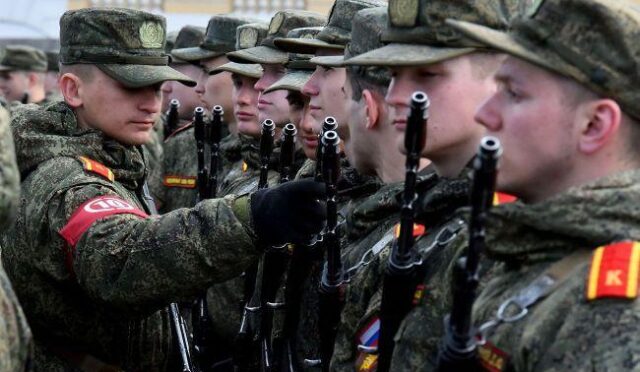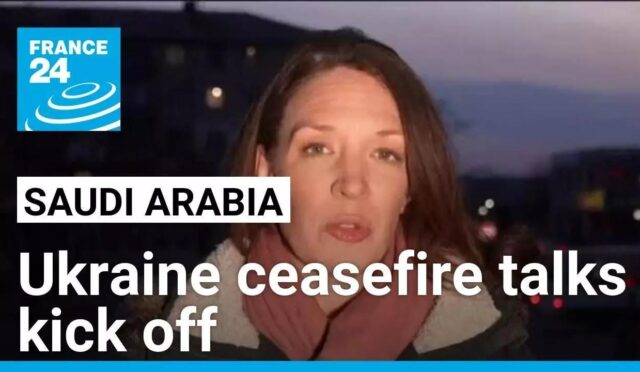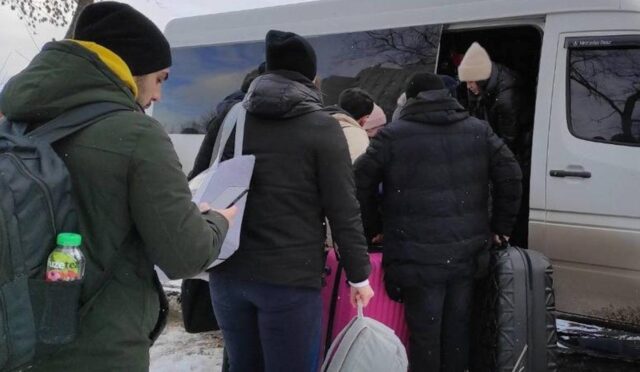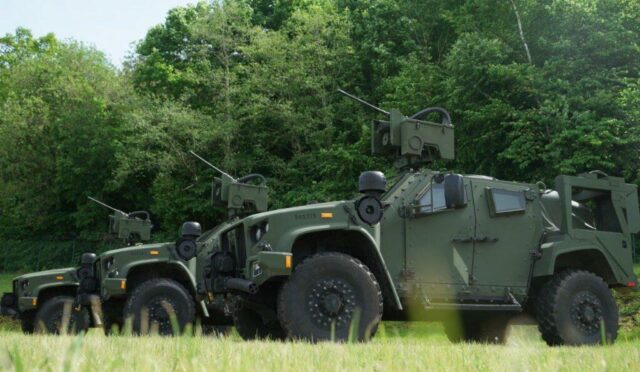Kursk Region Developments: Russia’s Rapid Counteroffensive
On Tuesday, Russia’s military announced the recapture of 12 settlements in the western Kursk region as part of a swift counteroffensive aimed at reclaiming territory lost to Ukraine last year. This strategic maneuver highlights a shifting dynamic in the ongoing conflict, as Moscow seeks to regain control of areas it considers crucial.
The recent military gains for Russia come in the backdrop of Ukraine precariously losing ground in this border region. For weeks, Kyiv has faced challenges in maintaining control over significant territories, which it had held since August 2024 and hoped to leverage during peace negotiations.
Strategic Context and Diplomatic Efforts
The timing of Russia’s announcement coincides with ongoing discussions between Ukrainian and U.S. diplomats in Saudi Arabia, where efforts to broker a resolution to the conflict are underway. These diplomatic talks may prove critical in shaping the future of the region amid the military developments.
According to a statement from Russia’s defense ministry, their forces, identified as the ‘North’ group, have not only liberated the previously mentioned settlements but also reclaimed over 100 square kilometers of territory in Kursk. This territorial recovery underscores Russia’s strategic goals in the region.
Key Locations Recaptured
The Russian military specifically noted the recovery of several villages, including Argonom, Bogdanovka, and Martynovka, among others. These settlements are strategically located around Sudzha, the primary town still under Ukrainian control in the region.
This successful offensive by Russia adds further pressure on Ukraine, particularly as the country continues to bolster its defenses in the Kursk area. Ukraine recently asserted that it is taking measures to strengthen its troop presence while denying any risk of encirclement.
Military Tactics and Operations
Reports from Russian military bloggers reveal that Moscow’s forces are employing unconventional tactics, utilizing underground tunnels and pipelines, including gas pipelines, for surprise attacks on Ukrainian troops near Sudzha. This method presents a tactical advantage, allowing for stealthy maneuvers.
Footage aired by Russian state television showcased a soldier navigating through an underground tunnel into a pipeline, emphasizing their strategic use of concealment. Another soldier commented on their stealth operations, highlighting that “the enemy cannot see us,” which underscores the effectiveness of their tactical approach.







